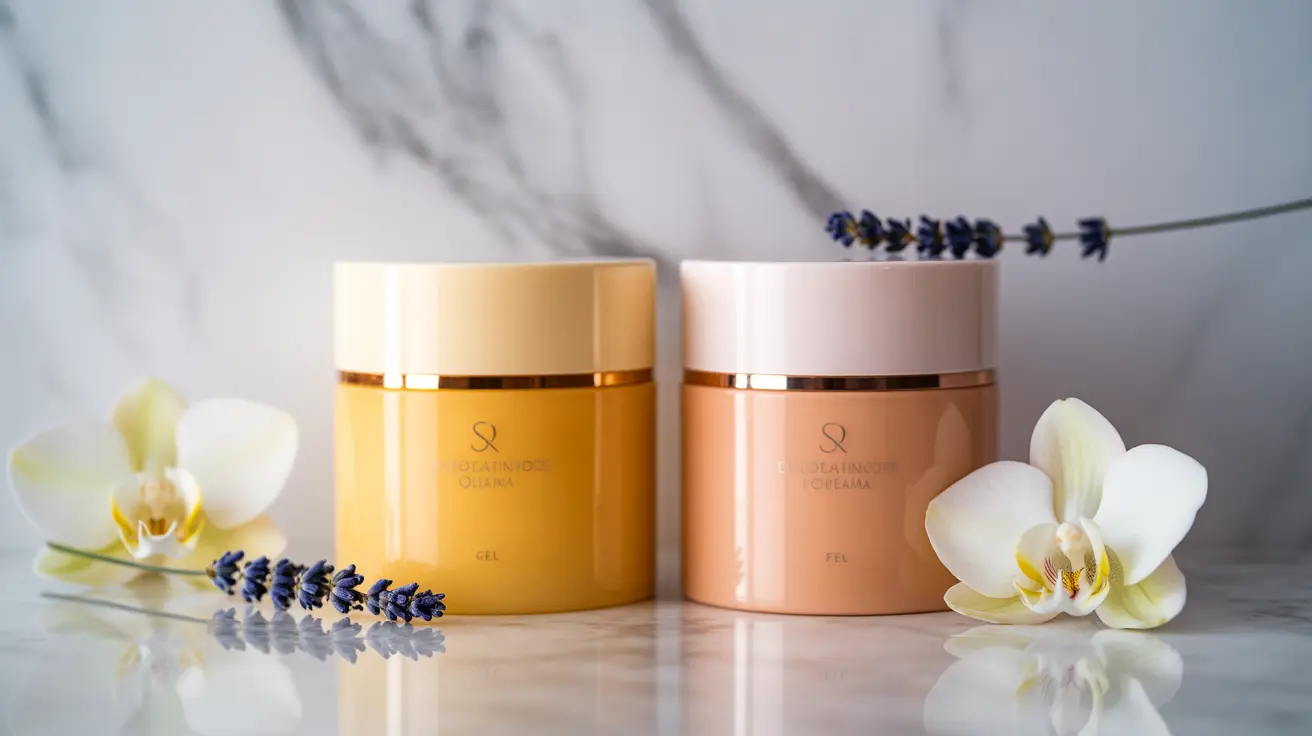When it comes to achieving healthier, younger-looking skin, few ingredients have garnered as much attention as tretinoin and retinol. Both belong to the retinoid family and are derived from vitamin A, but they differ significantly in their potency, accessibility, and how they affect your skin. Understanding these differences is crucial for choosing the right product for your skincare needs.
In this comprehensive guide, we'll explore the key distinctions between tretinoin and retinol, helping you make an informed decision about which ingredient might be better suited for your skin concerns and goals.
Understanding the Basics: What Are Tretinoin and Retinol?
Tretinoin is a prescription-strength retinoid that works directly on skin cells to increase cell turnover and stimulate collagen production. It's the active form of vitamin A that your skin can use immediately upon application.
Retinol, on the other hand, is an over-the-counter vitamin A derivative that must first be converted by your skin into retinoic acid (tretinoin) before it can begin working. This conversion process makes retinol generally gentler but also less potent than tretinoin.
Strength and Effectiveness Comparison
Potency and Speed of Results
Tretinoin is significantly more potent than retinol, with studies showing it to be up to 20 times stronger. This higher potency typically leads to faster and more dramatic results, particularly in treating acne and reducing signs of aging.
Retinol's lower strength means it works more gradually, often taking 8-12 weeks to show noticeable improvements. However, this gentler approach can make it more suitable for those new to vitamin A derivatives.
Scientific Evidence and Clinical Results
Tretinoin has decades of scientific research backing its effectiveness in treating acne, fine lines, wrinkles, and uneven skin tone. It's considered the gold standard in topical anti-aging treatments.
While retinol also has proven benefits, its results tend to be more modest. However, modern formulations and delivery systems have significantly improved retinol's effectiveness, making it a viable option for many users.
Accessibility and Usage Guidelines
Obtaining the Products
Tretinoin requires a prescription from a healthcare provider, as its potency necessitates medical supervision. This can mean additional costs and doctor visits but ensures proper monitoring of your treatment.
Retinol products are widely available over the counter in various concentrations and formulations, making them more accessible and typically more affordable than tretinoin.
Application and Integration into Skincare
Both ingredients are best used in your evening skincare routine, as they can be degraded by sunlight. Start with application 2-3 times per week, gradually increasing frequency as your skin develops tolerance.
Side Effects and Skin Adaptation
The initial weeks of using either product may involve a period of adjustment known as "retinization," though this tends to be more pronounced with tretinoin. Common side effects can include:
- Dryness and peeling
- Redness and irritation
- Increased sun sensitivity
- Temporary worsening of acne
Frequently Asked Questions
What are the main differences between tretinoin and retinol in terms of strength and how they work on the skin?
Tretinoin is a prescription-strength retinoid that works directly on skin cells, while retinol must first be converted by the skin into its active form. Tretinoin is approximately 20 times stronger than retinol and provides more immediate results.
How do tretinoin and retinol compare in effectiveness for treating acne and signs of aging?
Tretinoin typically shows faster and more dramatic results in treating both acne and aging signs due to its higher potency. Retinol produces similar benefits but requires more time and consistency to achieve comparable results.
What side effects should I expect when using tretinoin versus retinol, and how can I minimize skin irritation?
Both can cause dryness, peeling, and irritation, but these effects are usually more intense with tretinoin. To minimize irritation, start with lower concentrations, use only 2-3 times weekly initially, and always apply moisturizer. Buffer tretinoin by applying it after moisturizer if needed.
Can I buy tretinoin over the counter, or is a prescription required compared to retinol products?
Tretinoin requires a prescription from a healthcare provider, while retinol products are available over the counter. This difference in accessibility reflects their varying potencies and potential for side effects.
Which is better for sensitive skin or beginners: tretinoin or retinol?
Retinol is generally better for sensitive skin and beginners due to its gentler nature and lower risk of irritation. Once skin tolerance is built with retinol, some users may choose to transition to tretinoin under medical supervision for more potent results.




